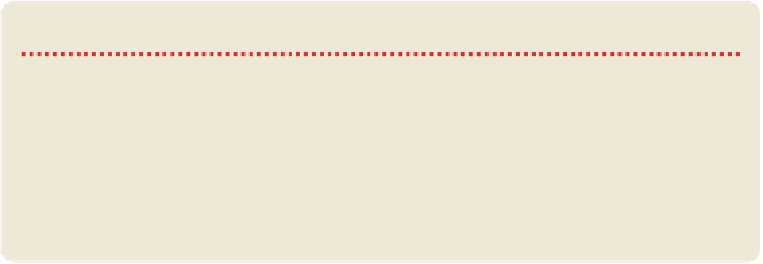Travel Reference
In-Depth Information
DENMARK'S FINEST HOUR
Soon after taking full control of the country in October 1943, Denmark's Nazi occupiers
planned, as they did in the other parts of Europe they occupied, to round up Jewish
Danes and deport them to their deaths in the concentration camps. The Danish resist-
ance had other ideas and in an extraordinarily well co-ordinated operation smuggled
some 7200 Jews - about 90% of those left in Denmark - into neutral Sweden. In recogni-
tion of its actions in saving its Jewish population, Denmark is remembered as one of the
Righteous Among the Nations at the Yad Vashem Holocaust Memorial in Jerusalem.
In 2000 Denmark resoundingly rejected the adoption of the euro by a referendum. In the
same year, the Øresundsbron (Øresund Bridge) was opened, connecting Denmark and
Sweden by road and rail.
The 20th Century
Denmark declared neutrality at the outbreak of WWII, but Germany, threatened by the
growing Allied presence in Norway, coveted coastal bases in northern Jutland and in April
1940 seized key Danish strategic defences and occupied the country.
Managing to retain a degree of autonomy, the Danes trod a thin line, running domestic
affairs under close Nazi supervision until August 1943 when the Germans took outright
control. A Danish resistance movement quickly mushroomed.
Although the island of Bornholm was heavily bombarded by Soviet forces, the rest of
Denmark emerged from WWII relatively unscathed. With the country officially free from
German control on 5 May 1945, Danes took to the streets, burning the black shades used
to cover their windows during bombing raids.
The Social Democrats led a comprehensive social-welfare state in postwar Denmark and
cradle-to-grave medical care, education and public assistance was established. As the eco-
nomy grew and the labour market increased, women entered the workforce in unpreceden-
ted numbers and household incomes reached new heights.
In the 1960s a rebellion by young people, disillusioned with growing materialism, the
nuclear arms race and an authoritarian educational system, took hold in the larger cities.
The movement came to a head in Copenhagen in 1971, when protesters tore down the



